
RegeneRx Biopharmaceuticals Inc. said its U.S. joint venture partner and licensee, HLB Therapeutics, will expand its ophthalmic clinical development program with RGN-259 in two indications, neurotrophic keratopathy and dry eye disease.

RegeneRx Biopharmaceuticals Inc. said its U.S. joint venture partner and licensee, HLB Therapeutics, will expand its ophthalmic clinical development program with RGN-259 in two indications, neurotrophic keratopathy and dry eye disease.

A team of investigators at Flinders University in Australia have found that a specific cell within the retina appears to be particularly good at housing Ebola and other viruses.
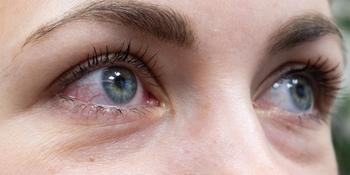

As ophthalmologists observe Cataract Awareness Month this June, William L. Soscia, MD, medical director at Center for Sight, in Sarasota, Florida, focuses on the importance of having excellent vision for safety and everyday functions.

The U.S. Centers for Medicare and Medicaid Services code is effective July 1 and will enhance access to Xipere, the only therapy available in the United States for suprachoroidal use in the treatment of macular edema associated with uveitis.
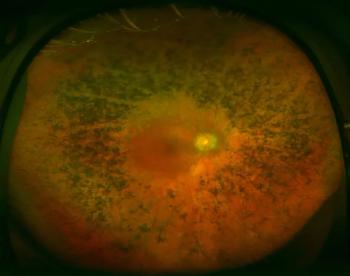
A team led by researchers from the University of Geneva has identified a molecular mechanism that causes degeneration of the eye’s photoreceptors, which can lead to blindness.
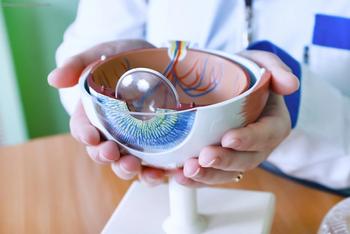
Jason Menzo is named CEO, while Russell Kelley, PhD, MBA, will become managing director of the RD Fund. Ben Yerxa, PhD, will take the helm of Opus Genetics, the first RD Fund- and foundation-backed spin-off company.
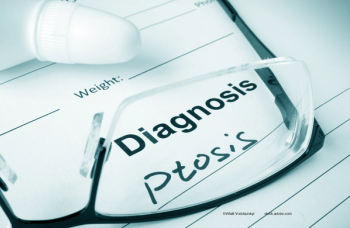
Researchers believe this may be the first report of the use of topical brimonidine gel for the treatment of eyelid ptosis associated with cosmetic use of botulinum toxin.
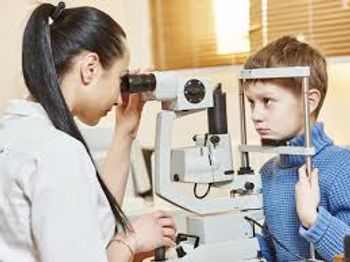
A study by Orbis International found that children with myopia experienced significantly higher levels of depression and anxiety than their peers without vision impairment.

New lens types offer independence from glasses to the patient post surgery.

Foundation Fighting Blindness is among a group of investors offering financial support for Nacuity’s efforts to stop oxidative tissue damage, a driver of blinding eye diseases.
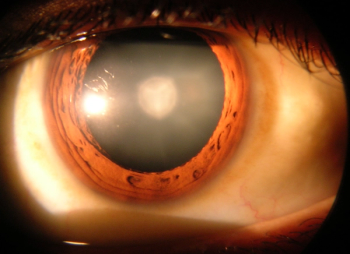
According to the organization, the eBook content is designed for residents, ophthalmologists, fellows, medical students and other professionals performing or supporting cataract surgery.

As dexamethasone adds indications, a study confirms efficacy of punctal occlusion for allergic conjunctivitis.
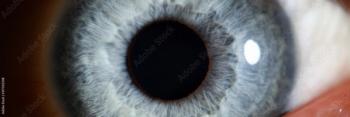
The treatments typically include application of heat, lid hygiene, and massage of eyelid.
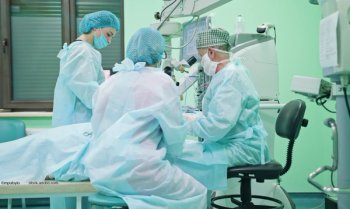
Having a comprehensive team of ophthalmic specialists in place means patients could have multiple issues treated in a single procedure that might require two surgeries otherwise.


Ophthalmic World Leaders (OWL) will be hosting an OWL Connect event during the American-European Congress of Ophthalmic Surgery (AECOS) 2022 Summer Symposium, Saturday, July 9.

The study investigates 3-year intravitreal implant in eyes with active noninfectious posterior uveitis.
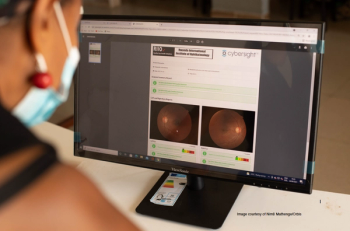
The research from eye care nonprofit Orbis International focuses on diabetic retinopathy in Rwanda, where associated vision complications from diabetes are growing.

The systems could be in the hands of surgeons in the third quarter through a targeted initial launch, according to the company.

According to investigators, a key reason for the link may lie in circadian “clocks,” the molecular machinery within every cell of every organism, which have evolved to adapt to daily stresses, such as changes in light and temperature caused by the rising and setting of the sun.

The company announced it has received FDA IND clearance for linsitinib and prepares to initiate Phase 2b clinical trial.


The research is the result of a national collaboration led by investigators from the Centre for Eye Research Australia at the University of Melbourne and University of Tasmania and the Garvan Institute of Medical Research.

The CLEAR Act would clarify the FDA’s authority to regulate products, including eye drops, after a court decision created unnecessary confusion and turmoil.
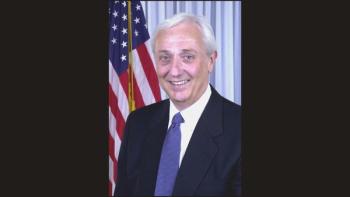
John Cooksey, who had an ophthalmology practice in Monroe, Louisiana, served three terms in the US House of Representatives. He also founded an eye clinic in Kenya.
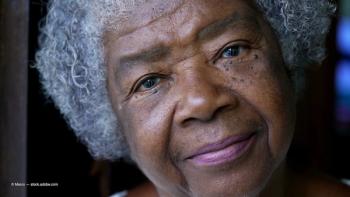
Study demonstrates results of pegcetacoplan as a geographic atrophy therapy.

As special pandemic rules end, a new analysis shows the potential impact on patients in some states and rural areas of others.

A team of investigators is researching the use of a new cell delivery method to help cells stick and stay where they are needed most.

Scientists have revived light-sensing neuron cells in organ donor eyes and restored communication between them as part of a series of discoveries that stand to transform brain and vision research.